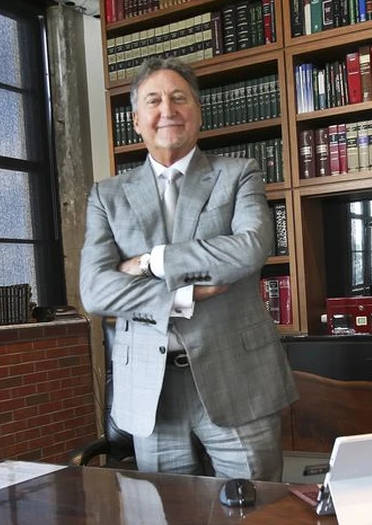 |
| Patrick Ducharme |
Most search warrants are now issued pursuant to section 487 of the Code. The provisions of section 487 of the Code have been found to conform to the general requirements for a constitutional search and seizure under the authority of a search warrant.1 The informant police officer must disclose facts upon which the Justice of the peace or Judge may determine the warrant should issue. The Criminal Code contains several provisions that permit the police to search for and seize evidence.2 But section 487 is by far the most important and applies to all federal statutes. Even though other federal and provincial statutes may contain search provisions, the police often rely upon the provisions of section 487 to obtain a search warrant. All searches, even those using a search warrant, are governed by section 8 of the Charter.
Continue reading “Search and Seizure Pursuant to the Code – s. 487”


